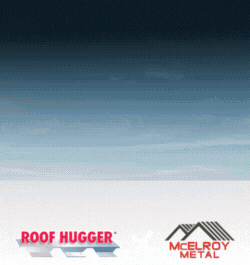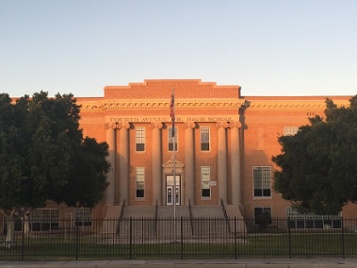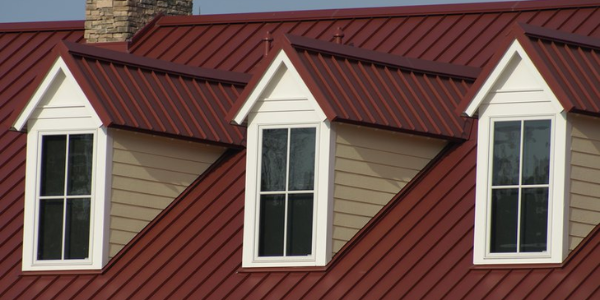Solving the Puzzle of Multiple Roofing Softwares

By Cass Jacoby.
When roofing software was first introduced to the roofing industry, it promised to make our lives easier -- so why are we wasting our time copying data across multiple applications?
Let’s see if this sounds familiar: you purchased a few roofing software programs to help save time in your company, however, after finally implementing these new programs, you find yourself spending more time copying and processing data than ever before, becoming increasingly frustrated as the process creates errors and delays that affect your bottom line. Going from paper to software has created a monster, and now you have 15-plus applications for your business that can’t seem to talk to each other.
Too real?
Getting all these different applications to work with one another is an issue contractors are continuing to deal with today.
How did we get here?
Saying that the roofing industry has experienced a technology revolution within the past decade is an understatement. We have watched as a traditionally paper and manual-centric business rapidly adopted technology to catch up with other industries embracing automation and applications.
As new technology helped contractors become more efficient and solve issues in their businesses, the whole industry was quick to jump on the bandwagon, and more and more tech companies created apps for contractors. We went from zero to one hundred, with contractors going from using pads of paper and pencils one year to using twenty apps the next.
The only issue is that every application does something different — some do accounting, some do estimating, helping with timecards — which makes knowing where the data is and contextualizing it a herculean task. These data silos eat away at contractors’ time as they push and pull data from disparate apps.
It isn’t just that these applications can’t “talk” to one another, it is that there is a fundamental lack of a relationship between all of the data. In short, the core of the issue is that this data lacks meaning.
Take Google as an example, when you search for something, the system works to bring information to the search engine in a certain format, but it doesn’t interpret the results for you. As a user, you are the one going through the search results and making meaning of the list of links.
Similarly, the roofing industry is struggling to meaningfully connect data. There simply isn’t a standardization within the industry for these technology systems to reach their full potential. When one contractor might use the word “estimate” while another contractor uses “proposal,” technology can’t link these concepts. Technology apps can be revolutionary, but they are still limited to what instructions we give them.
These issues of shared language extend far past technology, it is an issue of how the entire industry communicates with one another. If we are to fix the technology issue of apps not “talking” to each other, we need to solve the issue of industry standardization and agree upon a common language and framework.
Finding solutions
Sometimes to find solutions for the future, you need to look to the past. Knowing that standardization is at the root of our technology woes, it is key to building a framework tech companies can use to actually help the industry.
Jobba Trade Technologies’ Steven White has spoken to Roofing Technology Think Tank (RT3) about how this problem is one that isn’t just local, but is an industry-wide issue. He says that the issue of industry standardization is in part, one of education. Unlike other fields, contracting doesn’t have a standardized education format. The National Roofing Contractors Association (NRCA) and Roofing Alliance have started the industry standardization process with professional certifications and even new college curriculums focused on roofing, but this is just a start.
To unify technology, we need to first understand one another. Knowing how we communicate across business is the first step towards building base-line terminology so that a software can connect all areas of our business into one ecosystem.
Learn more about Jobba Trade Technologies in their RoofersCoffeeShop® Directory or visit www.jobba.com.
About Cass
Cass works as a reporter/writer for RoofersCoffeeShop, AskARoofer and MetalCoffeeShop. When she isn’t writing about roofs, she is putting her Master degree to work writing about movies and dancing with her plants.






















Comments
Leave a Reply
Have an account? Login to leave a comment!
Sign In